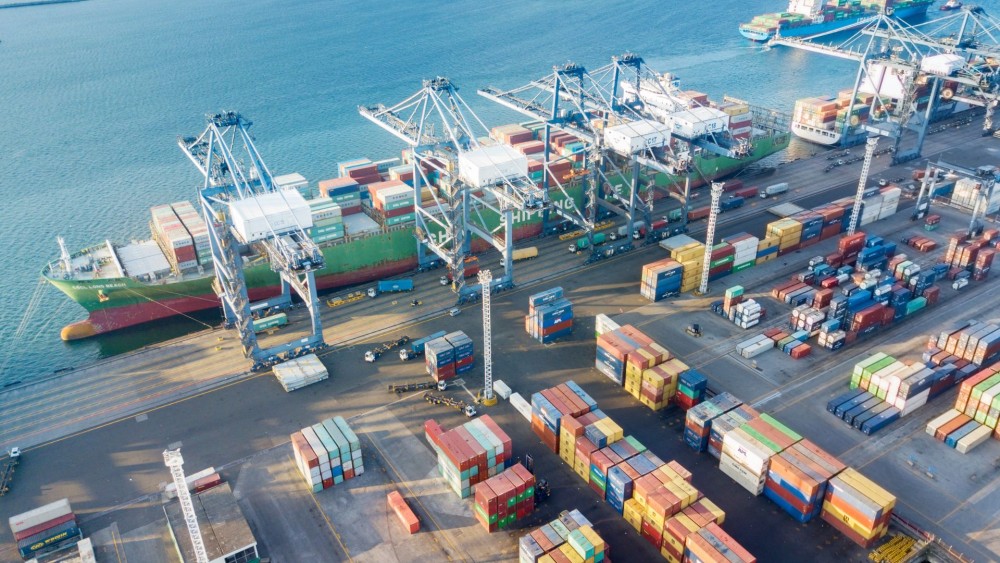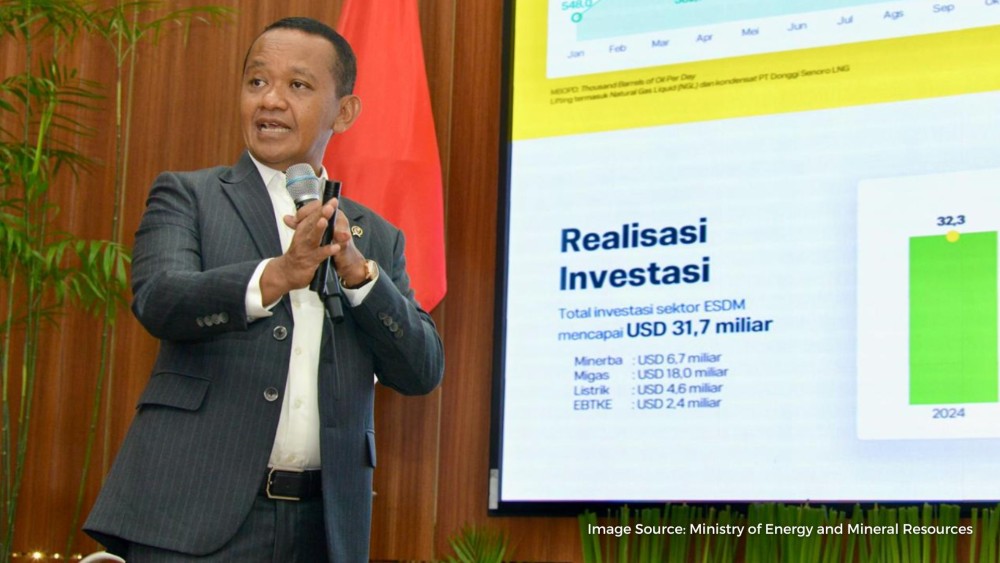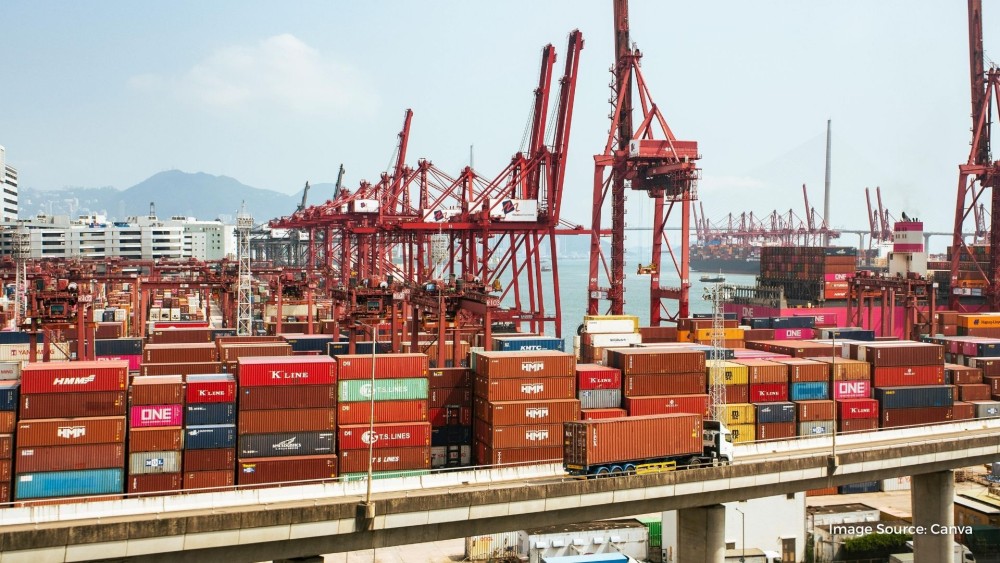This Week’s Headlines (May 11–17, 2024)
17 May 2024

Indonesia's Prabowo plans to increase growth, 'be daring' with debt
Indonesia should be more daring on taking on additional debt, its President-elect Prabowo Subianto said on Wednesday, while claiming that his target of boosting growth in Southeast Asia's largest economy to 8% annually would be easy.
Prabowo, 72, won February's general election by a huge margin and is set to take over from President Joko Widodo in October, but his fiscal plans have faced investor scrutiny due to costly campaign promises.
Asked about whether there is fiscal space for his programmes within the country's legal limit for an annual budget deficit of 3% of GDP, Prabowo told the Qatar Economic forum that the figure was "arbitrary", but he has no plans to change the rules.
"I think we have the lowest debt to GDP figure in the world, one of the lowest. So now I think it's time to be more daring within good governance," he said.
Indonesia's debt to GDP ratio currently is just under 40%. Last year's fiscal deficit was 1.65% of GDP, the slimmest since 2011.
Prabowo's campaign promise of providing free lunches for school students is expected to cost almost $30 billion, or 14% of the 2024 state budget , when it is fully implemented.
The president-elect has also vowed to continue Widodo's landmark project of moving the country's capital to Nusantara, a $32 billion new city being built in the forests of Borneo island.
The project will be developed over a period of 25 to 30 years, with domestic resources the main driver, Prabowo said.
On accelerating growth, Prabowo said he plans to focus on boosting food and energy production, including by boosting palm-based biofuel output.
"I am very confident we can easily achieve 8% and I am determined to go beyond," he said, adding he saw the growth target being achieved in 2-3 years.
Indonesia's growth has stayed around 5% in the past decade, excluding during the COVID-19 period.
Separately, analysts with Fitch Ratings and S&P Global Ratings forecast growth will remain around 5% in the medium term.
Analysts from both agencies, which held separate seminars in Jakarta on Wednesday, also predicted Indonesia's budget gap will swell after Prabowo takes office, though it will likely remain under the deficit ceiling.
"We feel that risks have increased especially over the medium-term, not so much for 2024 but for 2025 and certainly further on," Thomas Rookmaaker, head of Asia-Pacific sovereigns at Fitch Ratings, said in an interview.
Source: Reuters
RI maintains trade surplus despite plunging exports
Outgoing shipments of goods dropped in April partly because of fewer working days that month and partly because of lower prices for some export commodities.
Indonesia’s trade surplus narrowed in April as exports dropped more than imports from the preceding month, partly because of fewer working days and partly because of a fall in prices for some export commodities, notably crude palm oil (CPO).
The trade balance remained in surplus for the 48th month in a row as exports exceeded imports by US$3.56 billion, according to Statistics Indonesia (BPS) data published on Wednesday.
However, the trade surplus dropped by more than a fifth when compared to the preceding month and came in almost 10 percent lower than in April last year.
Josua Pardede, chief economist at private lender Bank Permata, noted in a statement on Wednesday that the trade surplus was continuing to shrink amid normalizing global commodity prices and heightened global uncertainty that had hampered world trade and demand.
“This April, both exports and imports saw declines, particularly due to fewer working days amid the Idul Fitri festivities,” Josua said.
The country exported $19.62 billion worth of goods last month, which marks a decline of 13 percent from the previous month but still represents an uptick of 1.72 percent year-on-year (yoy).
The drop in exports was mainly attributed to reduced shipments of manufacturing products, such as jewellery, gold, electrical equipment and textiles, while CPO, which accounts for the third-largest share of exports, also plunged more than 10 percent month-to-month (mtm) this April.
An almost 2 percent monthly increase outgoing shipments of coal as well as of iron and steel, the two largest export contributors, failed to make up for the drop in exports of other goods.
On an annual basis, the value of coal shipments was down almost 20 percent, but exports of iron and steel as well as CPO were up on the year, albeit by less than 1 percent.
Meanwhile, overall imports declined by 10.58 percent in April but were still up 4.64 percent yoy at $16.06 billion.
Incoming shipments of raw materials, which accounted for 75 percent of overall imports, dropped 9.28 percent mtm, while capital goods imports declined 8.1 percent mtm.
However, both saw increases from same period last year, rising by 3.27 percent and 13 percent, respectively.
“Monthly imports declined less than exports because we saw a hike in oil demand during the festive period in April. Meanwhile, global oil prices increasing amid escalation in the Middle East conflict,” Josua said.
Private lender Maybank economist Myrdal Gunarto told The Jakarta Post on Wednesday that thanks to solid demand from trading partners, including China, India, the United States and ASEAN, Indonesia still maintained a sizable surplus.
According to BPS, manufacturing activity was in expansion territory in those foreign markets last month, which supported demand for products shipped from Indonesia.
“Meanwhile, the commodity price trend was not too bad,” Myrdal said, adding that he believed Indonesia could maintain solid exports throughout the year, allowing the country to achieve 5 percent economic growth.
BPS also noted that the rupiah’s exchange rate had weakened to Rp 16,125 per US dollar in April from Rp 15,711 in the preceding month.
A weaker exchange rate generally supports exports, because Indonesian goods become cheaper in the currencies of foreign buyers, but imported goods become more expensive for Indonesians.
David Sumual, chief economist with private lender BCA, told the Post on Wednesday that he expected both exports and imports to rebound in May thanks to an increased number of working days when compared to April.
However, he warned that the country should be wary of the potential impact of US tariffs on Chinese goods in the long term.
"This could lead to a decline in Chinese electric vehicle exports that would lead to decline in steel demand from Indonesia,” David said.
“If China counters this with import tariffs on soybean, this could have an impact on the CPO price as well,” he added.
Permata’s Josua expected Indonesia’s current account deficit to swell to 0.75 percent of GDP this year from 0.11 percent of GDP last year.
This was in line with the smaller trade surplus of $10.97 billion in the first four months of this year, compared to $16.05 billion in the same period last year. “But it will remain under control this year,” Josua said.
A swelling current account deficit implies that a country requires more foreign currency than it can secure through trade in goods and services. A large gap is often perceived as a risk for currency exchange rate stability.
Pranjul Bhandari, chief economist for India and Indonesia at HSBC Global Research, wrote on April 24 that Indonesia would need $2.8 billion of trade surplus per month on average to overcome deficits elsewhere.
This was also needed to avoid relying on portfolio inflows or Bank Indonesia’s foreign exchange reserves.
“Obviously more is needed in the near term if there is a concentration of outflows,” she said.
Source: The Jakarta Post
Rupiah Strengthens Against US Dollar on Positive Trade Balance and Economic Data
The Indonesian rupiah strengthened against the US dollar in Thursday morning trading. According to Bloomberg data, the rupiah in the spot exchange market was at Rp 15,956 per US dollar, appreciating by 75.5 points (0.47 percent) compared to yesterday's trading session. The rupiah had previously hovered around Rp 16,000 per US dollar in the past month.
"The April trade balance, which remains in surplus, and first-quarter 2024 GDP growth of over 5 percent, provide positive sentiment for the rupiah," said financial market analyst Ariston on Thursday.
Based on data from the Central Statistics Agency (BPS), Indonesia's trade balance has been in surplus for four consecutive years, with a cumulative value of $157.21 billion. Indonesia's trade surplus in April 2024 was $3.56 billion, down by $1.02 billion monthly.
On the other hand, Ariston mentioned that the strengthening of the rupiah is also supported by the release of several US economic data. US April 2024 inflation data showed a slight decrease compared to the previous month. Other important data released simultaneously were US retail sales and the New York area manufacturing index, both showing a decline compared to the previous month.
"This provides positive sentiment for risk assets because this decline increases the likelihood of a cut in the US benchmark interest rate," he said.
Investors now see a 50.5 percent chance that the Federal Reserve will start cutting interest rates in September, according to the CME FedWatch tool.
US April 2024 inflation grew by 3.4 percent year-on-year (yoy), lower than the previous month's 3.5 percent (yoy). Meanwhile, on a monthly basis (month-on-month/mom), April 2024 inflation was recorded at 0.3 percent, down from the previous month's 0.4 percent.
Ariston stated that the rupiah is likely to strengthen further against the US dollar today, and he predicts the exchange rate to move in the range of Rp 15,950 to Rp 16,050 per US dollar.
Source: Jakarta Globe






